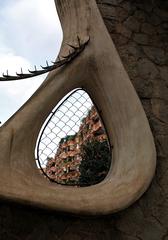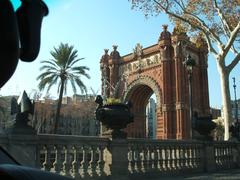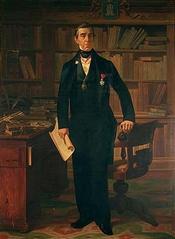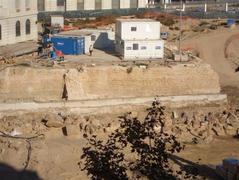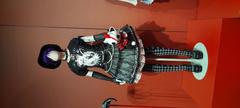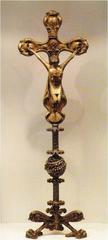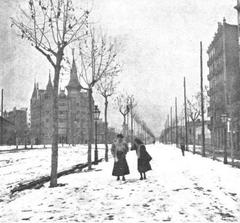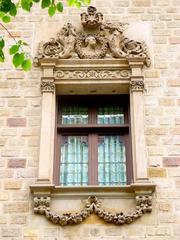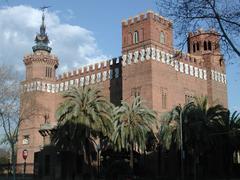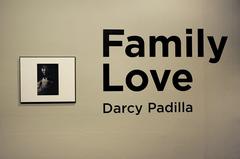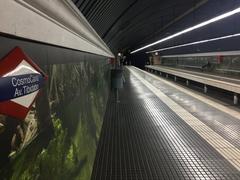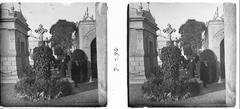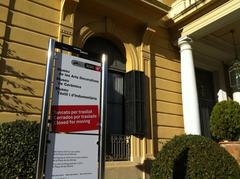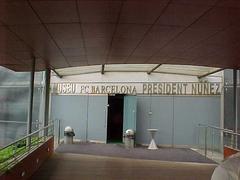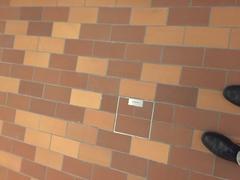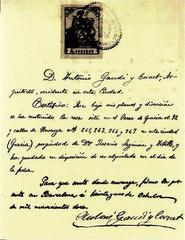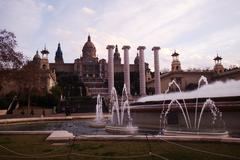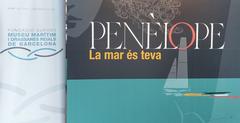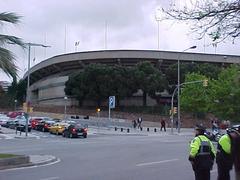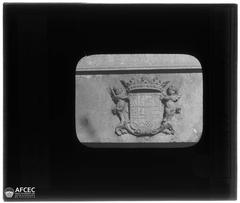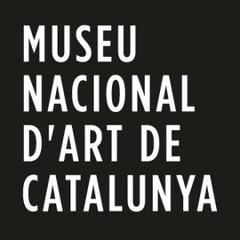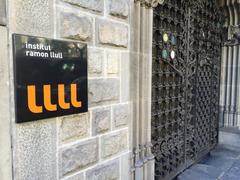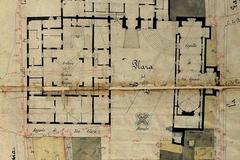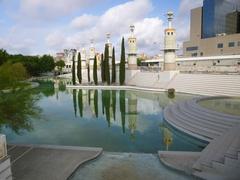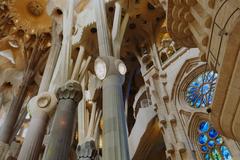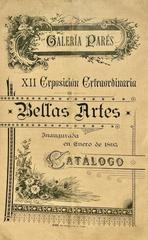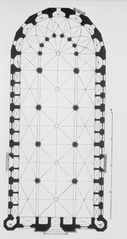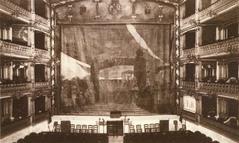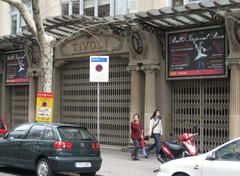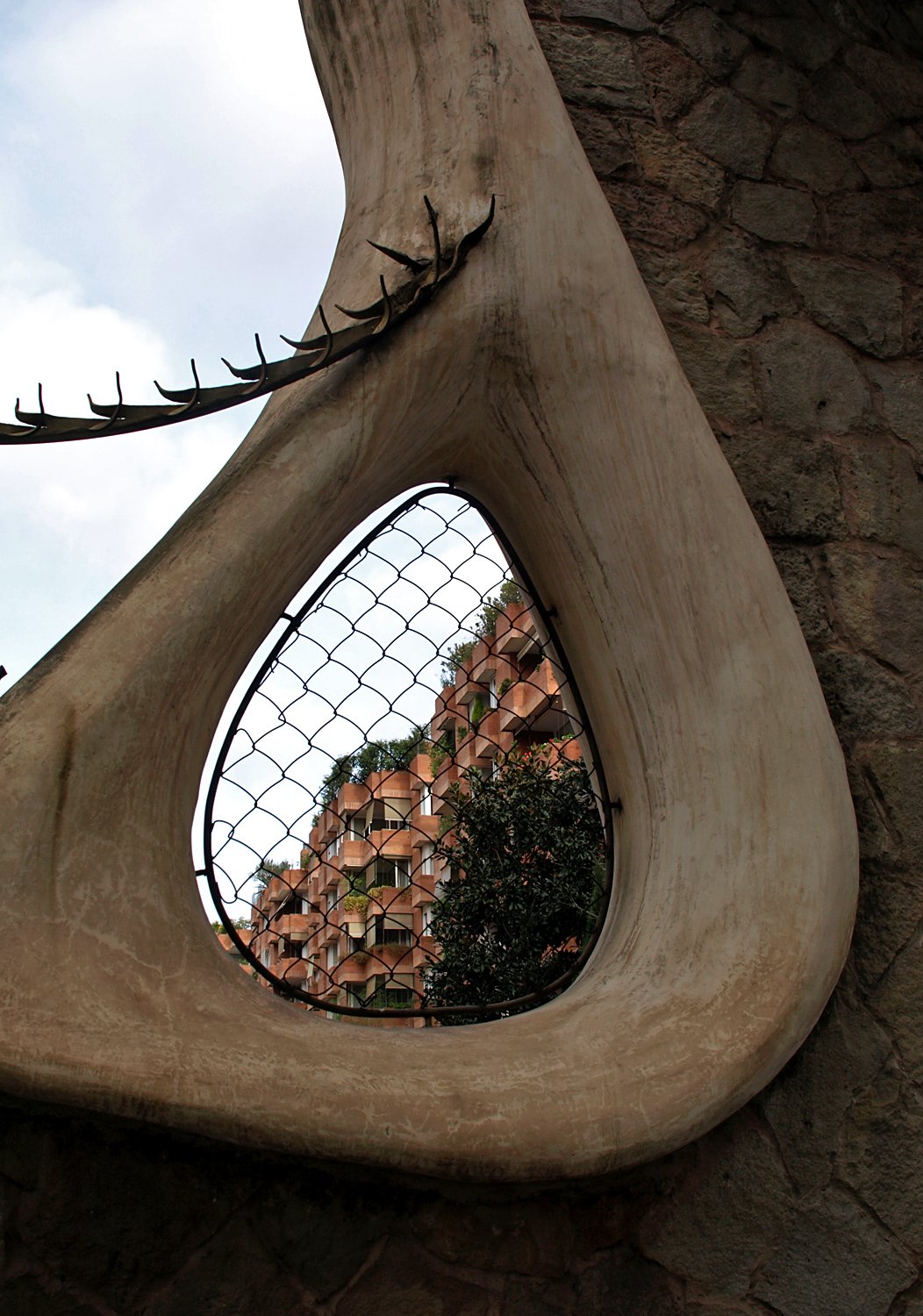
Portal Miralles Visiting Guide: Hours, Tickets, and Attractions in Barcelona
Date: 19/07/2024
Introduction
Portal Miralles is one of Barcelona’s hidden architectural gems, designed by the legendary Antoni Gaudí. Located in the Sarrià-Sant Gervasi district, this early 20th-century masterpiece epitomizes Catalan modernism. Gaudí, renowned for his innovative and organic architectural style, was commissioned by industrialist Hermenegild Miralles i Anglès to create this stunning entrance to his now non-existent estate in 1901. The portal stands today as a testament to Gaudí’s ingenuity and the rich cultural tapestry of Barcelona. Visitors to Portal Miralles can marvel at its intricate ironwork and undulating forms, key features of Gaudí’s distinctive design philosophy. This guide aims to provide a comprehensive overview of the portal’s history, architectural significance, and practical visiting tips to ensure a memorable experience (Barcelona Tourism).
Table of Contents
- Introduction
- Origins and Architectural Significance
- Design and Construction
- Historical Context
- Preservation and Restoration
- Cultural and Artistic Impact
- Visitor Experience
- Conclusion
- FAQs
Origins and Architectural Significance
Portal Miralles, located in the Sarrià-Sant Gervasi district of Barcelona, is a remarkable example of early 20th-century Catalan modernism. Designed by the renowned architect Antoni Gaudí, the portal was commissioned by industrialist Hermenegild Miralles i Anglès in 1901. Gaudí, known for his distinctive style that blends organic forms with intricate details, created the portal as an entrance to the Miralles estate. The estate itself no longer exists, but the portal remains a testament to Gaudí’s architectural genius.
Design and Construction
The design of Portal Miralles is characterized by its undulating forms and intricate ironwork, which are hallmarks of Gaudí’s style. The portal features a large, wavy wall made of white stucco, topped with a wrought-iron gate that showcases Gaudí’s mastery of metalwork. The gate’s design includes floral motifs and geometric patterns, reflecting the naturalistic elements that Gaudí often incorporated into his work.
Construction of the portal began in 1901 and was completed in 1902. Gaudí’s innovative use of materials and techniques is evident in the portal’s construction. The undulating wall, for example, was created using a technique known as “trencadís,” which involves the use of broken ceramic tiles to create a mosaic-like surface. This technique not only adds to the aesthetic appeal of the portal but also enhances its structural integrity.
Historical Context
The early 20th century was a period of significant cultural and artistic development in Catalonia, with modernism emerging as a dominant architectural style. Gaudí, along with other prominent architects such as Lluís Domènech i Montaner and Josep Puig i Cadafalch, played a crucial role in shaping the modernist movement. Portal Miralles is a prime example of this movement, showcasing the innovative design principles and artistic sensibilities that defined the era.
During this time, Barcelona was undergoing rapid urbanization and industrialization, leading to the development of new residential areas and the construction of grand estates. Hermenegild Miralles, a successful industrialist, sought to create a luxurious estate that reflected his social status and appreciation for modernist architecture. By commissioning Gaudí to design the portal, Miralles ensured that his estate would be both functional and aesthetically striking.
Preservation and Restoration
Over the years, Portal Miralles has undergone several restoration efforts to preserve its original design and structural integrity. In the mid-20th century, the portal fell into disrepair, prompting the Barcelona City Council to initiate restoration projects. These efforts aimed to restore the portal’s original appearance while ensuring its long-term preservation.
One of the most significant restoration projects took place in the 1990s, led by architect Ignasi Serra. This project involved the careful cleaning and repair of the portal’s stucco and ironwork, as well as the reconstruction of missing elements. The restoration team used historical photographs and documents to accurately recreate the portal’s original design, ensuring that Gaudí’s vision was faithfully preserved.
Cultural and Artistic Impact
Portal Miralles is not only an architectural landmark but also a cultural symbol of Barcelona’s modernist heritage. The portal’s unique design and historical significance have made it a popular subject of study for architects, historians, and art enthusiasts. It serves as a tangible representation of the innovative spirit and artistic creativity that characterized the modernist movement in Catalonia.
In addition to its architectural significance, Portal Miralles has also inspired various artistic endeavors. The portal has been featured in numerous photographs, paintings, and literary works, highlighting its enduring appeal and cultural importance. Its distinctive design continues to captivate visitors and locals alike, making it a beloved landmark in Barcelona.
Visitor Experience
Visiting Hours and Tickets
Portal Miralles is open to the public 24/7, and no tickets are required to visit this architectural marvel. However, for a more comprehensive experience, guided tours are available that often include other notable Gaudí sites in Barcelona.
Accessibility
The site is accessible to visitors with disabilities, ensuring that everyone can appreciate its unique design and historical significance. The area around the portal is relatively flat, making it easy for wheelchair users to navigate.
Nearby Attractions and Travel Tips
Located in the vibrant Sarrià-Sant Gervasi district, Portal Miralles is close to several other attractions. Visitors can explore the nearby Park Güell, another iconic Gaudí masterpiece, or take a short trip to the Sagrada Família. Public transportation options are plentiful, with several bus and metro lines serving the area.
Special Events and Guided Tours
Throughout the year, special events and guided tours are organized to provide deeper insights into the history and significance of Portal Miralles. These tours often feature expert guides who share fascinating details about Gaudí’s work and the modernist movement in Barcelona.
Photographic Spots
Portal Miralles offers several excellent spots for photography. The intricate ironwork and undulating forms make for stunning visuals, especially during the golden hours of sunrise and sunset.
Conclusion
Portal Miralles stands as a testament to Antoni Gaudí’s architectural genius and the rich cultural heritage of Barcelona. Its unique design, historical significance, and enduring appeal make it a must-visit destination for anyone interested in modernist architecture and Catalan history. Through ongoing preservation efforts and public engagement, Portal Miralles continues to inspire and captivate visitors, ensuring that Gaudí’s legacy remains alive for future generations to appreciate.
For more information on Portal Miralles and its history, you can visit the official Barcelona Tourism website.
FAQs
What are the visiting hours for Portal Miralles?
Portal Miralles is open to the public 24/7.
How do I buy tickets for Portal Miralles?
No tickets are required to visit Portal Miralles. However, guided tours that include the portal can be booked through various tour operators.
Is Portal Miralles accessible for people with disabilities?
Yes, the site is accessible to visitors with disabilities.
Can I take photos at Portal Miralles?
Yes, visitors are encouraged to take photos of Portal Miralles. The intricate details of Gaudí’s design make for excellent photography subjects.
Are there any restaurants nearby?
Yes, the Sarrià-Sant Gervasi district has numerous dining options ranging from local Catalan cuisine to international fare. You can find several restaurants and cafes within walking distance.
References
- Explore the History and Visiting Tips for Portal Miralles in Barcelona, 2024, Barcelona Tourism
- Portal Miralles - Visiting Hours, Tickets, and History of Gaudí’s Hidden Gem in Barcelona, 2024, Barcelona Tourism
- Complete Guide to Visiting Portal Miralles in Barcelona - Tips, Tickets, and Nearby Attractions, 2024, Barcelona Tourism
